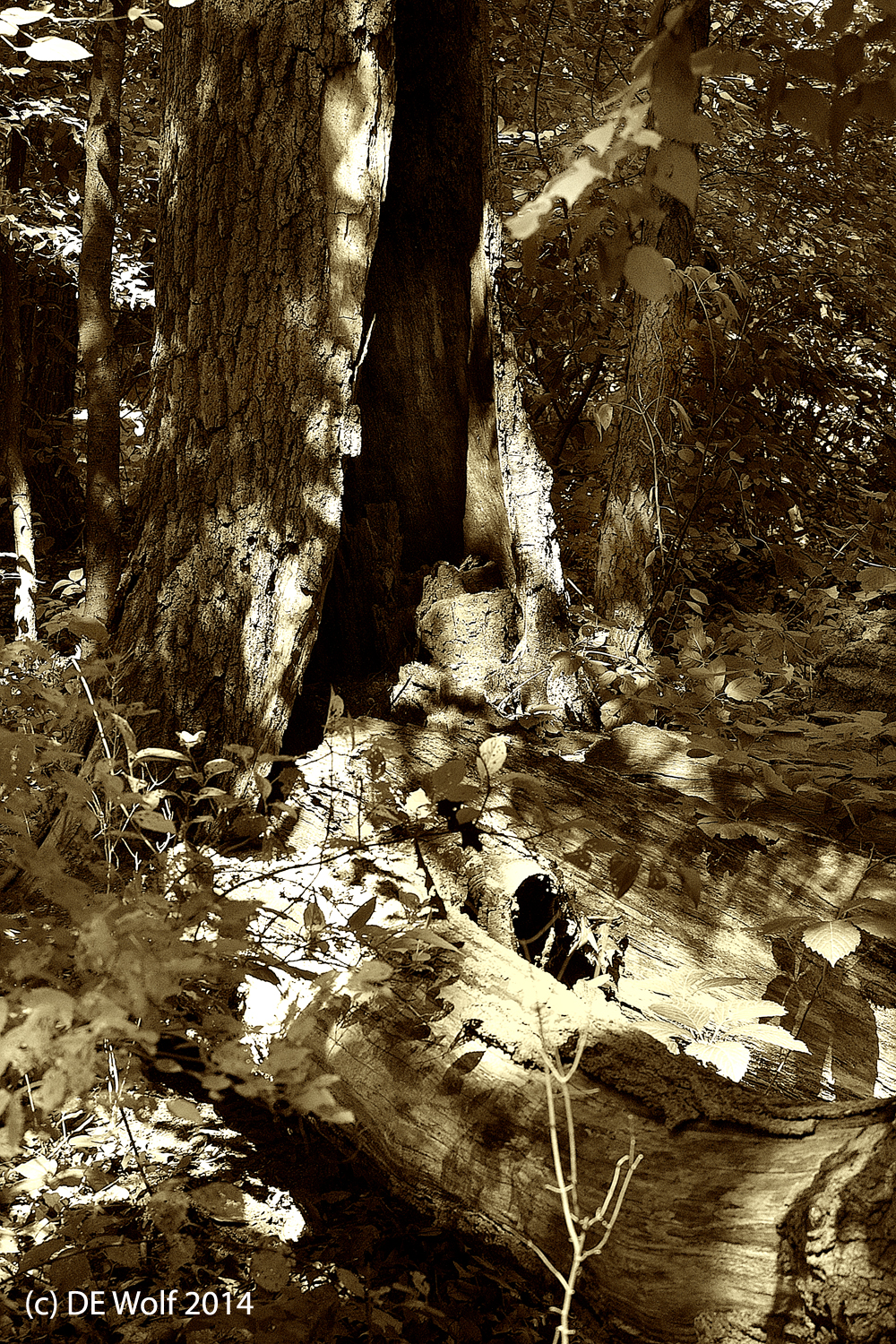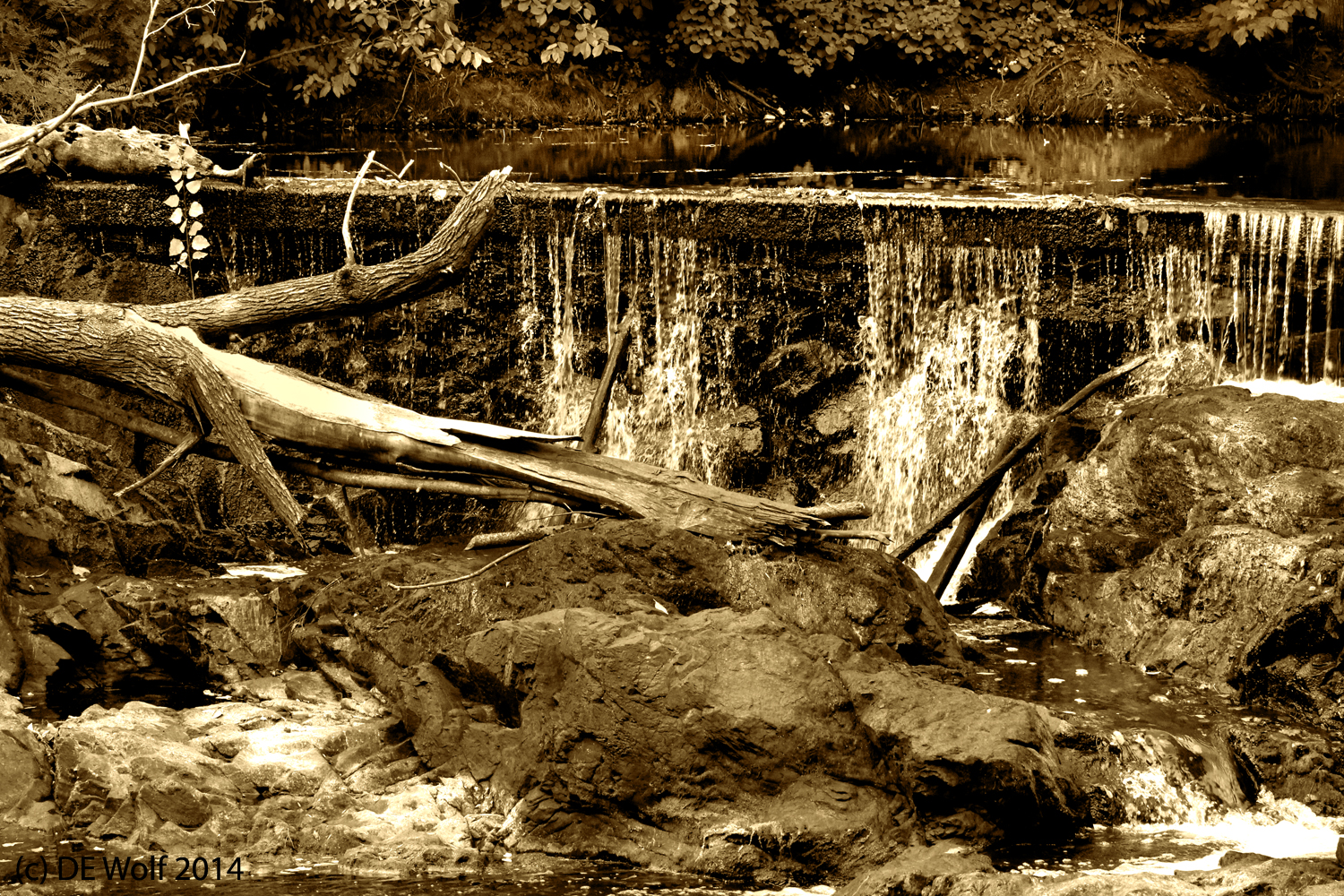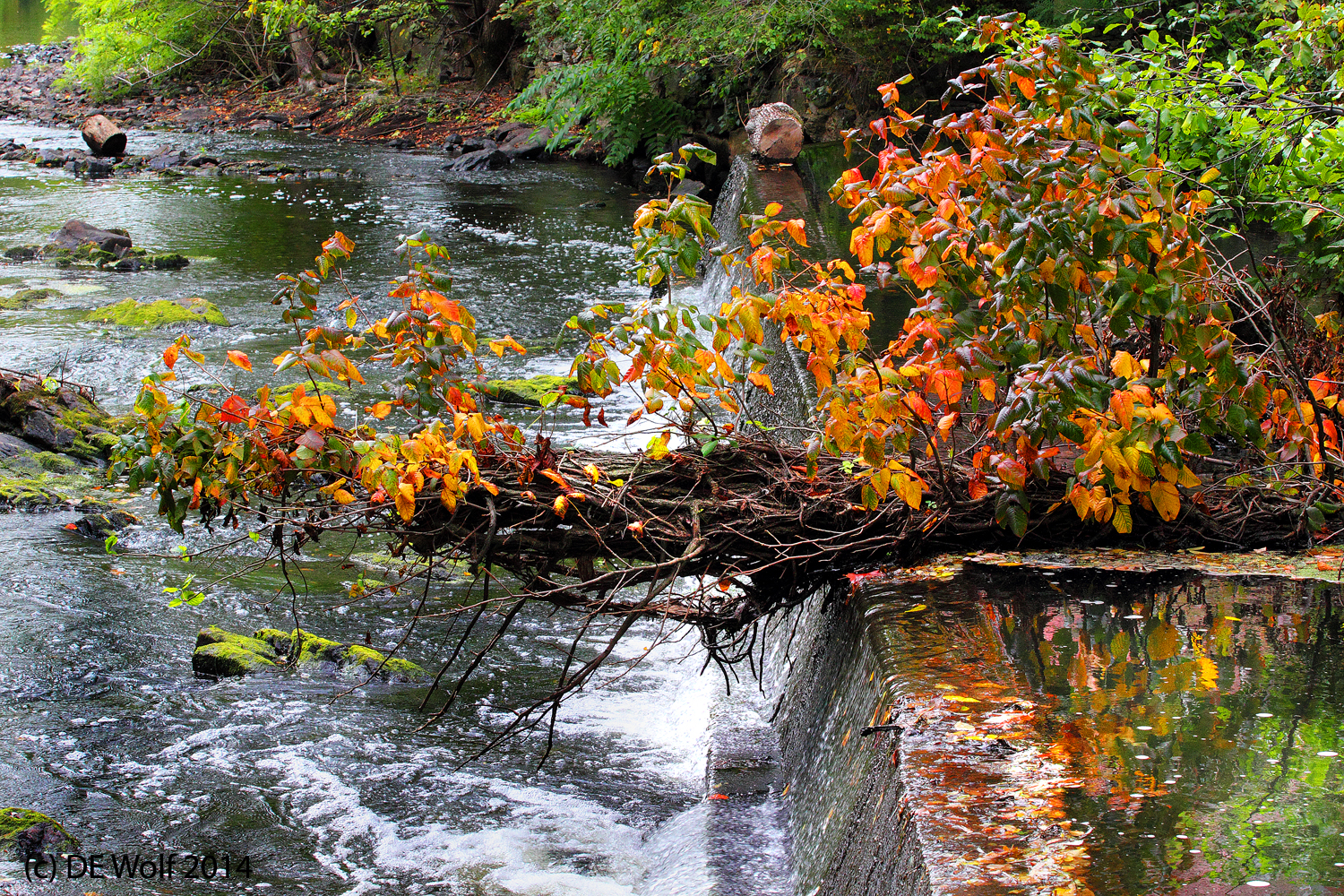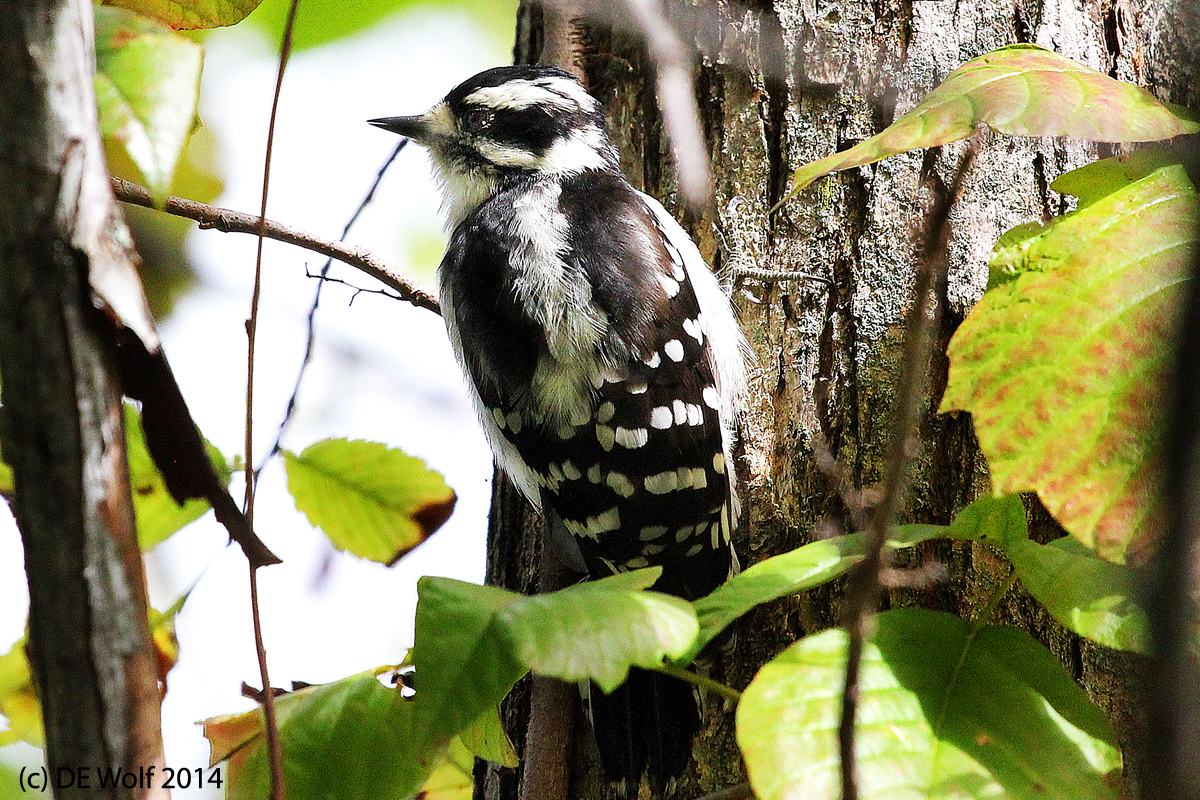I’ve been talking a lot about the magical and golden glory of September light; so before September slips into October, allow me to explain. The sun crosses the Equinox and there are crisp days with long shadows. You wander in the woods searching and then you come across a place where the sun just filters through the canopy and like a spot light illuminates a decaying tree stump, its ancient trunk lying beside it, and you cannot help but realize that this tree stood there perhaps as long ago as the nineteenth century, when Longfellow sailed on Fresh Pond, when Winslow Homer fished there, or when Harvard undergraduate Teddy Roosevelt skated there on a bitter cold night. Your thoughts wander and you wonder precisely what William James and William Dean Howells spoke about on their Sunday walks around the pond. They walked as I do, did they take any notice of this now faded giant? Such is the warm and golden glory of September light.
Shopped or not shopped? That is the question!
The other day an old friend asked me how to tell a real photograph from a fraudulent one, or more specifically, “how I can tell a touched up, photo shopped, photograph from the real thing?” It is a subject that we have spoken about before, but one I think revisiting, especially since there are about to be midterm election campaigns in the United States.
Actually, the word “fraud“ is a telling one. We “Photoshop” (isn’t it great how that has become a verb) for one of three reasons: to entertain, to create art, and to deceive. The evil is obviously in the act of deception. There lies the lie! Fraud may be for monetary or political motives. It always bears that self-serving component.
People tend to be gulible and people want to believe. But with very little effort you can usually find the fly in your ointment.
First of all to the age old point – if it’s too good to be true it probably isn’t. So much for the zebra standing next to the lion at the watering hole.
Second, look for incongruities. How come Theodore Roosevelt is riding on a moose across a lake and his pants legs aren’t wet? Why does the picture suddenly go out of focus where his hands hold onto the moose? Right, it’s because it’s otherwise hard to obscure the fact that in the original photograph he was on a horse and holding onto the reigns. Also he’s a bit large for the moose in question. Well, that’s just bully. And don’t forget to look at the shadows in the picture. Are they consistent?
Third, zoom in as close as you can and look at the edges. Yep, all the way to the point that the pixelation of the image is obvious and apparent. A great example of this was the “Money”/”Romney” fake from the 2012 elections. When you cut and paste in Photoshop or other image processing software you form sharp edges, which are tell-tale. So to avoid these people use a process known as “feathering” which kind of scrambles the transition between regions and is itself tell-tale.
Fourth, if you know how to do it, increase the contrast. These edge effects tend to pop out at you when you do that.
Finally, recognize that revealing fraudulent photographs can make you unpopular. President Obama was not born in Kenya. But there are lots of people who want to believe that he was.
On the Cordingly dam – A tribute to Adamson and Hill
Despite my hunt for early fall colors my first attraction to the Cordingly Dam at Newton Lower Falls, Massachusetts was for black and white. When I took the image of Figure 1 my thoughts were still with Adamson and Hill. So this is kind of a tribute to these calotype pioneers. I stretched the exposure, but was not brave enough to go to the point where the water becomes a luscious blur. Still I was thinking the kind of rich sepia toning that goes with a calotype or with a platinum palladium print. The effect, for me at least, was still pretty dreamy. It was just what I was after.
First signs of fall come to New England
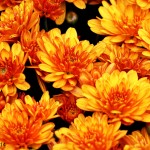 Psst, mums the word, people. Monday was the Equinox and the first signs of fall have come to New England. Get excited! This is what we live for!
Psst, mums the word, people. Monday was the Equinox and the first signs of fall have come to New England. Get excited! This is what we live for!
In search of early autumnal color I went on Sunday to Newton Lower Falls across the footbridge and then down to the Cordingly Dam. It is a peaceful spot where you can position your head to see no sign of the busy highways that surround it. It is a fun trick to play, to imagine how it all once was a century or two or three ago.
Newton, Massachusetts itself was founded in 1630. Newton Lower Falls along the Charles River became an early industrial village, a harbinger of the industrial age that would soon envelop Massachusetts. The first damn was built by John Hubbard and Caleb Church in 1704 to power their ironworks. At the close of the eighteenth century many more dams and mills had been built. With the coming of the nineteenth century Newton Lower Falls was a major industrial center known principally for its production of paper.
Like so many of the mill towns, Newton Lower Falls went into decline with the coming of the twentieth century. Today, all that remains to remind us of this greatness is the small picturesque and restored area along Washington Street: offices at the old mill, some residencies, a gourmet wine shop, and (do I have to say it) a Starbucks, a feature Newton Lower Falls shares proudly with the Pantheon and the Spanish steps in Rome.
I was delighted with what I found there on Sunday. The bridge is complex and intricate with its iron work and wooden base. The dam has an intriguing fish climb for the herring that come to breed there in the spring. The falls themselves were producing just enough cascade to satisfy a photographer, and there I found a fallen tree displaying a delicate bouquet of color that brought with it the promise of intensity to come.
The anvil of the gods
In Greek mythology Hephaestus, Ἥφαιστος,” was the son of Zeus and Hera. He was the Greek god of blacksmiths, craftsmen, artisans, sculptors, metals, metallurgy, fire and volcanoes. His Roman equivalent was Vulcan.
These mythic references must come to mind upon looking at a truly fantastic photograph from the EPA this past week showing Mount Slamet spewing ash, lava, and fire into the night sky above central Java in Indonesia. Need-less-to-say, it brings to mind the great eruption of Krakatoa, believed to be the loudest volcanic explosion in the history of the world. It was reported to have been heard 3000 miles away and the event was recorded on barographs in Greenwich.
The photograph captures all the terrifying beauty of volcanic eruption. It connects us not only with events of human history like the eruption of Mount Vesusius that buried Pompei and Herculeneum in 79 CE, but also pyroclastic events that literally forged our geological world, which is still a fragile lithospheric layer floating upon volcanic magma. There is the image of the human soul being like the flame of a candle. Here the volcano’s flame is the soul of the Earth. It truly represents the anvil of the gods.
“Thanks, thanks to thee, my worthy friend,
For the lesson thou hast taught!
Thus at the flaming forge of life
Our fortunes must be wrought;
Thus on its sounding anvil shaped
Each burning deed and thought.”
Henry Wadsworth Longfellow “The Village Blacksmith,” 1842.
h
http://news.bbcimg.co.uk/media/images/77664000/jpg/_77664724_77664387.jpg
Adamson and Hill
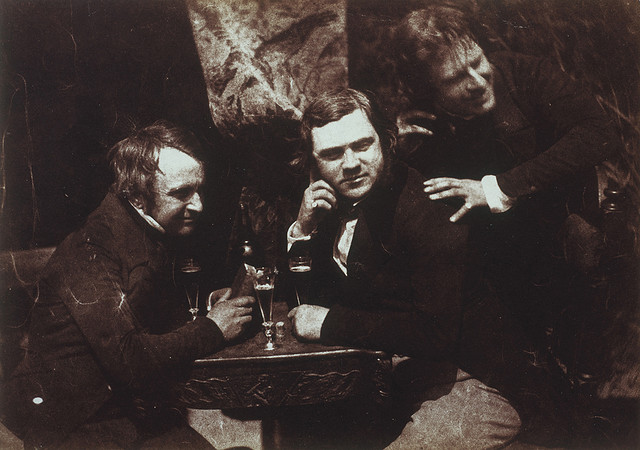
Figure 1 – Edinburgh Ale, James Ballantine, Dr. George Bell, and David Octavious Hill, by Adamson and Hill (1843-1847). From The National Galleries of Scotland Commons via Flickr and the WikimediaCommons.
This past Thursday brought with it the historic vote by the Scottish people to remain joined to the United Kingdom. It got me thinking. Scotland is an amazing and spectacular place. And I was thinking about photographs from the nineteenth century. This lead me to a Google search, and I found myself looking at some of the amazing calotypes of Adamson and Hill. Daguereotypes and calotypes were essentially invented simultaneously. The crisp sharpness of the daguereotype contrasts with the soft sepia tones of the calotype made from paper negatives.
In1843 painter David Octavius Hill formed a partnership with engineer Robert Adamson, creating Scotland’s first photographic studio. Their partnership only lasted four years because of the untimely death of Adamson. But in that brief period their association combined Hill’s artistic sensibity and understanding of composition and lighting with Adamson’s mastery of the scientific and engineering aspects of the craft.
Adamson and Hill produced produced approximately three thousand prints. Photography evolved at the time from deep-rooted artistic traditions and such is the wonderful body of work that they have left us. Images such as the scene from an Edinburgh bar in Figure 1 is not stiff portraiture, but rather is reminiscent of such similar scenes as Peter Bruegel’s “Peasant Dance.” There are, in fact, many such classical paintings – a whole genre of paintings of beer drinking and carousing among all classes.
Watercolorist John Harden, upon first seeing Hill and Adamson’s work in 1843 wrote: “The pictures produced are as Rembrandt’s but improved, so like his style & the oldest & finest masters that doubtless a great progress in Portrait painting & effect must be the consequence.”
There is an interesting connection between Hill and the great Victorian physicist Sir David Brewster. Hill was present at the Disruption Assembly in 1843 when over 450 ministers walked out of the Church of Scotland assembly and established the Free Church of Scotland. Hill wanted to accurately portray the event in a monumental painting. Brewster suggested that Hill use photography to record the likenesses of all the ministers. Brewster had himself experimented with photography, and it was he who introduced Hill to another photography enthusiast Robert Adamson. The painting ( 5′ by 11.3′) was eventually completed in 1866.
As in so many of the masterpieces of the photographic Victorian age in the work of Adamson and Hill we catch a precious glimpse of how life was or how they wished us to perceive it – not necessarily the same thing, of course. In Figure 2 we share through their lens a warm, tender, moody, and perhaps sleepy moment from so very long ago.
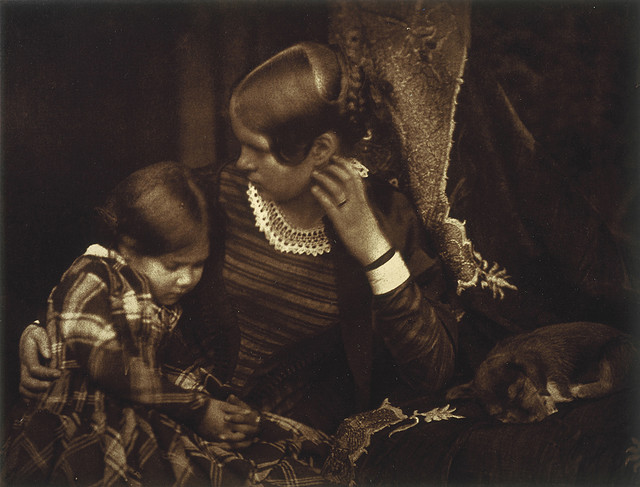
Figure2 – Harriet Farnie with Miss Farnie and a Sleeping Puppy by Adamson and Hill (1843-1847) from the Natuion Galleries of Scotland Commons via Flickr and the Wikimediacommons.
Downy Woodpecker
My adventures trying to learn bird photography continue. I have done some research on this and found essentially little of any use: use big lens, use image stabilization, use 1 over the focal length of the lens as the shutter speed, be patient, take lots of images (snap, snap, snap), and GOOD LUCK. Well, THANK YOU VERY MUCH! I guess it’s one of those things that you just have to learn for yourself. What I’ve learned so far is that birds are afraid of me and too busy trying to eat and survive to pose for photographs. On the other hand, if you recognize that they are the modern descendants of dinosaurs, they probably have it right.
This past week I went out with by 70 to 200 mm zoom lens, translates to 142 to 320 on the Canon T2i. I decided in favor of flexibility and spontaneity rather than using my monopod, despite that fact that this lens is not image stabilized. It is beautiful but not image stabilized.
For some reason the woodpeckers were out in force at Fresh Pond. I imagined their world screaming with insects that I could not hear just below the bark of the trees – well maybe not screaming. But there was a lot of tapping going on, and I took a lot of photographs. I used center focusing and just keep shooting, starting from a distance and moving in.
Figure 1 is an example of a reasonably successful photograph of a downy woodpecker, Dendrocopus pubescens. If you are wondering why I give the species name, it’s a scientist thing. Oh all right maybe it is an affectation.
This particular woodpecker is a female and has no red cap. The short beak identifies it as a downy as opposed to a hairy woodpecker as does the ladder of black bars just visible on the underside of its tail. I am pretty happy with the composition and sharpness. The one big problem is that it was an overcast day. There was little contrast and as result very little catch-light in the bird’s eye. I accentuated it a bit, but the positioning still leaves its looking somewhat vacant.
I absolutely love the tufts of downy feathers on the bird’s back. Note the slightly green tinge on the very bottom. A very nice part of modern day digital photography is the intimacy that you form with your subject as you delicately retouch and manipulate in your image processing program. I think that the very fact that you are working with a positive image as opposed to a negative enhances this intimacy. And of course, there is the fact that it is so so immediate. In any event here is Madame Wood Pecker, and I enjoyed sharing a crisp late summer’s day with her.
Canon T2i with EF70-200mm f/4L USM lens at 188 mm, ISO 1600, 1/2500 th sec at f/5.6 no exposure compensation.
Tribute to Vivian Maier
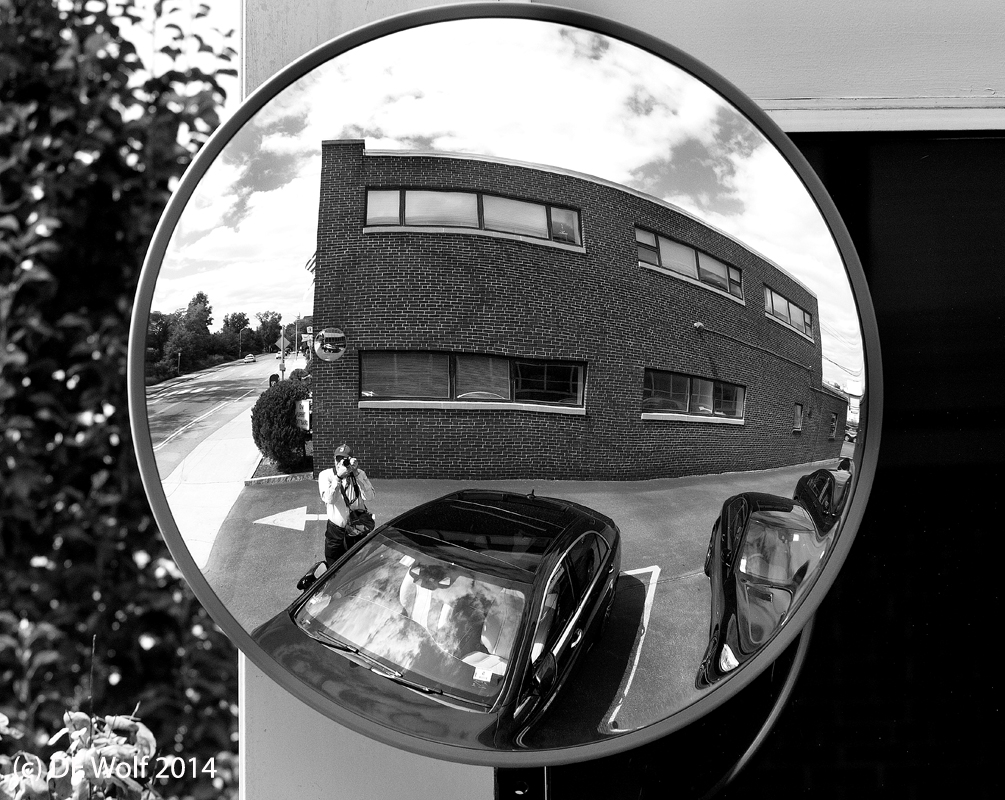
Figure 1 – A tribute to Vivian Maier, self portrait in a convex mirror, Cambridge, MA. (c) DE Wolf 2014.
I’ve had my eye on this photographic possibilities of this convex parking lot mirror for some time, and maybe haven’t really got it yet. But the “self portrait” aspect was fun and the curved lines remind me of an old fun-house mirror, distorting and twisting reality. Most of all this photograph reminds me of the silent street photographer Vivian Maier, whom we have spoken about before. I even tried to trim it down to her 2 1/4″ x 2 1/4″ format, but it didn’t work compositionally.
Ms. Maier loved taking selfies in mirror. There is a certain magic to it. And I think that Vivian Maier reminds all of us amateur photographers of the essential raison d’être for taking photographs that is for the love it. It is not just for the love of the act of photographing or of the final product. It is for the love of light and the tricks it plays for the visually perceptive, and it is for the shared camaraderie of all who love it with us.
Canon T2i with EF70-200mm f/4L USM at 75 mm, ISO 1600, AE-Priority Mode 1/3200th sec at f/5.6 no exposure compensation.
Hidden Cities of World War I
As we lived out the horrors of our own time, we may pause to reflect back on the horror that was World War I a century ago. All of those veterans are gone now, and it all fades into a collective consciousness barely kept alive by black and white images of wet and disgusting battlefields or the lost army of white grave markers.
But we should not forget it, even if it only emphasizes the similarity between our times and those. So I’d like to point out a fascinating Blog today in the New York Times by Craig Allen “The Hidden Cities of World War I.” As it turns out the battle fields of “The Great War” were fought over the very ground that covers the ancient stone quarries from which the great French cathedrals were built. And in these stones soldiers sought refuge from the hell above them. Amazing artifacts are left behind, wine bottles, live grenades, signatures in stone, and wall carvings. And these have been wonderfully photographed by Jeffrey Gusky. These are gorgeous in the mood the set and in the way they emphasize the trick of the human eye of focusing on details.
Most amazing to me are hearts, celebrating distant sweethearts – a connection home. And as Gusky notes, ever so poignantly, there are many more of these expressions of love and tenderness than of national pride. There is certainly a lesson in this about the most enduring of human qualities, if we will only listen to our own inner hearts.

